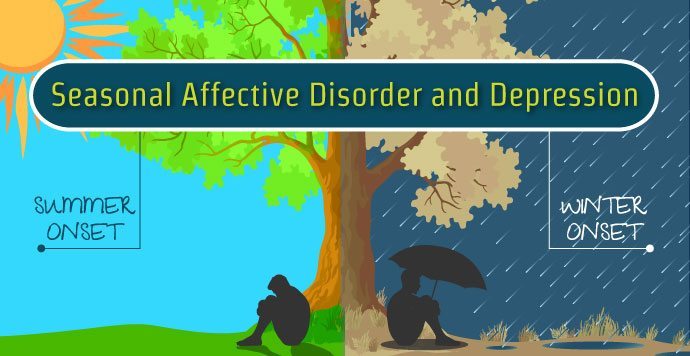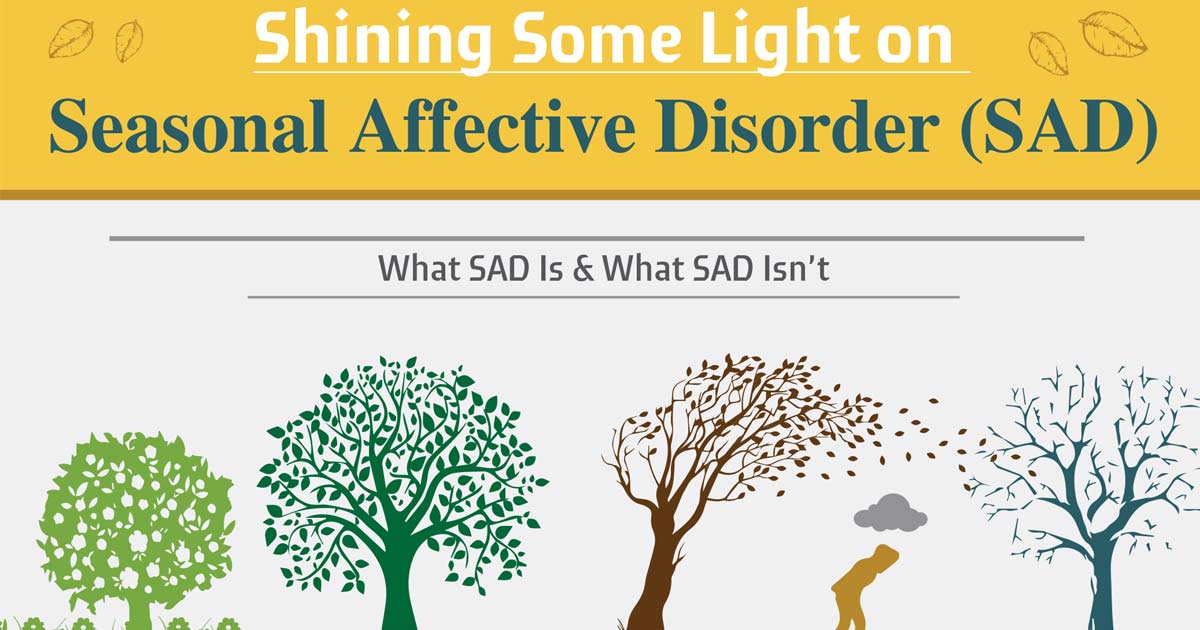
There is a common name for this – seasonal affective disorder (SAD), a somewhat peculiar type of depression that just as easily comes and goes with each passing year. It is more common in women than men, but both sexes can be diagnosed with SAD if they exhibit certain symptoms during particular times of the year.
Most often, however, SAD affects older adults and is not seen until much later on in their lives
It's quite common to have an episode of SAD during the winter when it suddenly hits you without a regular pattern. It may come and go with little if any warning, or it may strike suddenly with no warning at all. SAD usually occurs most commonly in women, but it can also be reported in adolescents and even children, and it can be significantly reduced by more sleep, increased awareness of the coming season, and better diet. While the cause of seasonal affective disorder remains unclear, experts believe that there are a number of factors which contribute to a person developing it.
Seasonal affective disorder is not the same as seasonal affective hypothyroidism. Hypothyroidism doesn't have the usual changes in hormones that accompany depression. People with this condition also do not show any of the typical seasonal mood swings experienced by people with SAD. Some researchers believe that the lack of hormonal fluctuations in people with this condition, and the presence of the mood swings, may help to explain the lack of understanding and treatment of this condition in most cases. In fact, it is very common among those who are diagnosed with SAD to find it difficult to cope with this condition and so treatment is often only given after it has become problematic and difficult to deal with on its own.
If you have been diagnosed with SAD, you need to learn to adjust to the fact that your symptoms are not normal seasonal mood swings. Instead, you will experience feelings of fatigue, hopelessness, sadness, irritability, guilt, decreased interest in activities you once enjoyed, and other common symptoms.

There are several common causes of this condition
These include environmental toxins, life style choices, mental health, genetics, and stress.
Environmental toxins are likely to be the biggest cause of this condition, as they can include exposure to hazardous chemicals from air and water, food and other sources, and even household items. These substances can also build up in our body over time. Many people are diagnosed with SAD due to a change in their lifestyle, such as changing a profession or having a baby. This change can lead to an imbalance in the levels of chemicals in the body. For example, a sudden rise and fall in the level of chemicals in the human body due to stress can greatly affect someone's emotions and behavior, making them feel overwhelmed.
Mental health is another common cause of this condition because people with it have difficulty making good decisions about work and their family, which makes them feel overwhelmed and upset about life changes. They may have poor nutrition, a history of abuse, trauma, and / or depression. Other triggers include low self-esteem and feelings of failure and inferiority. Read on Handaldok about the possible manifestations and consequences of triggers in a person's life.
Genetics and lifestyle choices can also contribute to the onset of SAD, as there may be natural changes in their emotional state that they cannot deal with on their own. The underlying causes of this condition include a deficiency in serotonin, a neurotransmitter responsible for regulating mood, which can be caused by poor diet and insufficient exercise or insufficient sleep.